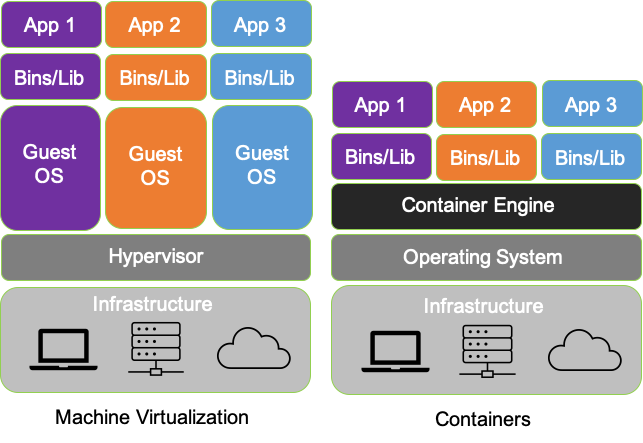Introduction
I left Microsoft after 19 years, where I led teams that built system software for highly scalable cloud applications. This included leading development of the Microsoft Orleans framework from its inception at Microsoft Research until it became one of the most successful open-source projects within the .NET ecosystem. Orleans powers a number of large-scale Microsoft systems such as Xbox Game Services, Skype, Azure IoT, Azure ML, Azure Active Directory, and many more cloud services outside Microsoft. So if you’ve ever played online multiplayer games like Halo or Call of Duty, our team built much of the underlying infrastructure that supports it.
When I originally joined Orleans, cloud computing was still in its infancy. We had a 10,000-foot vision and not a single line of actual code. We needed to reimagine how cloud-scale applications should be coded because, at the time, available and high-performance scalable systems were only achievable by experts. And while everyone knew the cloud was coming, we had no idea how to build applications in a way that ensured they would be accessible and productive for millions of software engineers.


